Test: End of Topic Test – Prime Minister and Cabinet (Answer Sheet)
19th August 2015
End of Topic Test – Prime Minister and Cabinet (Answer Sheet)
Total marks = 90 Pass mark = 63
Level 1 Questions
a) Identify the 4 key bodies that make up the executive branch. (4 marks)
- The Prime Minister
- The Cabinet
- Ministers outside the cabinet
- Civil Servants
b) Identify 5 sources of the Prime Minister’s power. (5 marks)
- Appointment/Patronage
- Party Majority
- Royal Prerogative
- Political Party
- Personality
c) Identify the 6 key areas in which the Prime Minister has power. (6 marks)
- Patronage
- Authority in the cabinet system
- Party leadership
- Public standing
- Policy-making role
- The Prime Ministers’ Office
d) Identify 5 functions of the cabinet. (5 marks)
- Symbol of collective government
- Formal policy approval
- Policy co-ordination
- Resolve disputes
- Forum for debate
- Party management
- Constraining the PM
- Domestic emergencies
- Presentation of policy
- Making decisions
- Legitimise policy
e) Some ministers are appointed to the cabinet because they are considered ‘good at their job’. Identify 3 other reasons the Prime Minister might appoint someone to the cabinet.(3 marks)
- Political ally/friend/colleague
- Political rival (to stop becoming a rival)
- Ideological balance
f) Identify the 4 principles of the civil service. (4 marks)
- Impartiality
- Anonymity
- Permanence
- Meritocracy
g) Identify 3 differences between Government Ministers and Civil Servants.
| Ministers | Civil Servants |
| Elected politicians (mainly) | Appointed officials |
| Party members | Politically neutral |
| Temporary | Permanent |
| Public figures | Anonymous |
| Run departments | Work in departments |
| Make policy | Advise on policy |
| Responsible to parliament | Responsible to ministers |
Total = 30 marks
Level 2 Questions
a) Briefly describe how a government is usually (2 marks)
A general election is where all the constituencies elect their MPs for seats in the House of Commons. Whichever political party wins over half of these 650 seats wins the general election and becomes the governing party. The leader of the winning party is summoned by the monarch and is made prime minister. He or she then appoints other ministers inside and outside the cabinet.
b) Briefly describe how and why the formation of a government was different in 2010. (2 marks)
Hung Parliament – possible Conservative minority government BUT coalition arrangement created between CON & LDs – Theoretical support of 363 MP’s >> majority of 76
The present government includes 23 cabinet members. Complete the table below, identifying the high profile minister, their role within the cabinet and their political party. (21 marks)
c) Government ministers resign for a number of different reasons. Complete the table below supplying an example of either a minister who has been forced to resign or a minister who has survived calls to resign for each reason. (5 marks)
| Reason for resignation | Example |
| Mistakes made within departments |
|
| Policy failure |
|
| Political pressure |
|
| Personal misconduct |
|
| Collective responsibility |
|
Total = 30 marks
Level 3 Questions
a) Write a short definition of each of the following prime ministerial style and include an example of a Prime Minister that can be categorised as that style. (8 marks)
1. Innovators
They fight to become Prime Minister – in order to achieve a particular programme, one that they have crafted If necessary, they are prepared to push and cajole their party into supporting them in carrying out the programme.
2. Egoist
They seek power for the sake of having power. They are principally concerned with the here and now of British politics, operating in order to maintain their occupancy of No. 10. They will take whatever action they consider necessary to protect their position.
3. Balancer
They seek to maintain stability in society. They are concerned with the current state of society, seeking to ameliorate tensions and avoiding policies that may prove socially divisive.
4. Reformer
They seek power in order to achieve a particular programme of public policy. However in this case it is largely dictated by the ideological agenda of their own political party.
b) Explain what is meant by the phrase “primus inter pares” when talking of the relationship between the Prime Minister and Cabinet. (3 marks)
First among equals – PM is the first minister but is equal to cabinet ministers in terms of status – however this has somewhat evolved and in times of prime ministerial government can be seen to be no longer applicable
c) Explain the doctrine of collective ministerial responsibility. (2 marks)
‘In the UK all cabinet decisions must be collectively supported by all members of the government, at least in public. It also implies that the whole government stands and falls, as one, on the decisions made by the government.’
d) The UK Prime Minister is often compared to the President of the United States. In the table below identify the roles of the Prime Minister, compared to a president. (5 marks)
| President | Prime Minister |
| Head of government and head of state | Head of government |
| Separately elected | Elected through parliamentary elections |
| Independent legislature | Fusion of powers/overlap of personnel |
| “Sounding board” cabinet | Cabinet government |
| Personal department | PM Office |
e) The Prime Minister’s power is constrained by 5 key factors. Briefly explain how each factor constrains the prime minister. (10 marks)
1. The Party
_______________________________________________________________________________________________________
2. The Electorate
_______________________________________________________________________________________________________
3. The Media
_______________________________________________________________________________________________________
4. The Cabinet
_______________________________________________________________________________________________________
5. The Pressure of Events
_______________________________________________________________________________________________________
f) Does the prime minister dominate the UK political system? (4 marks)
_______________________________________________________________________________________________________
_______________________________________________________________________________________________________
_______________________________________________________________________________________________________
Total = 30 marks

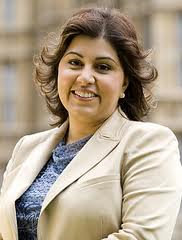
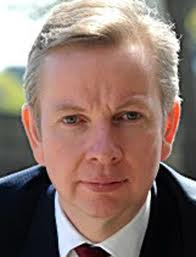
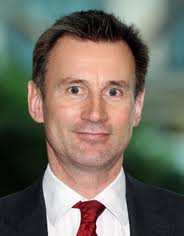

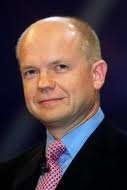
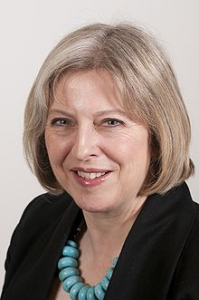
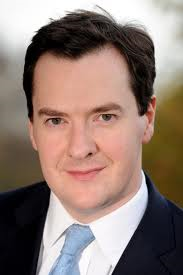
0 Comments